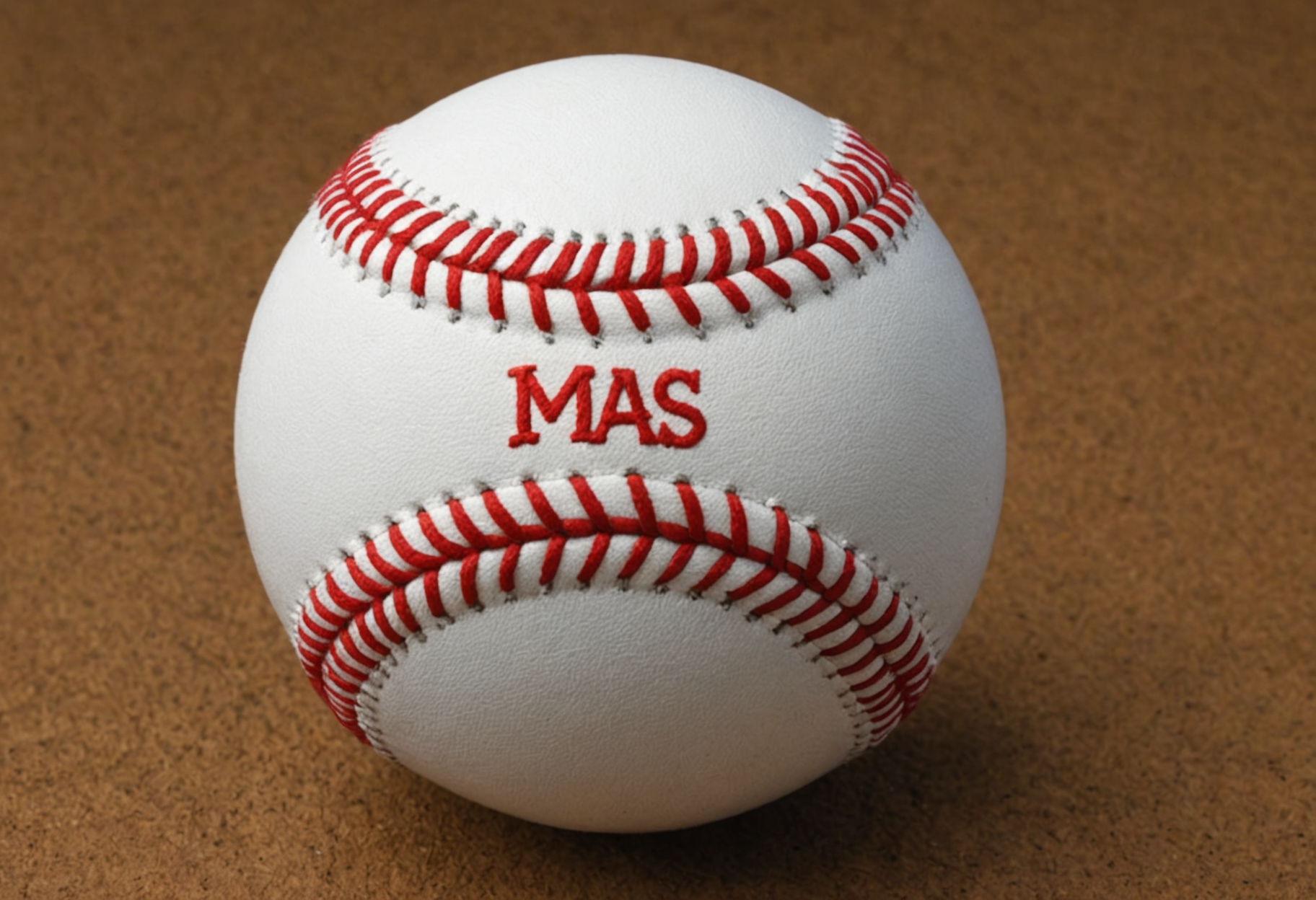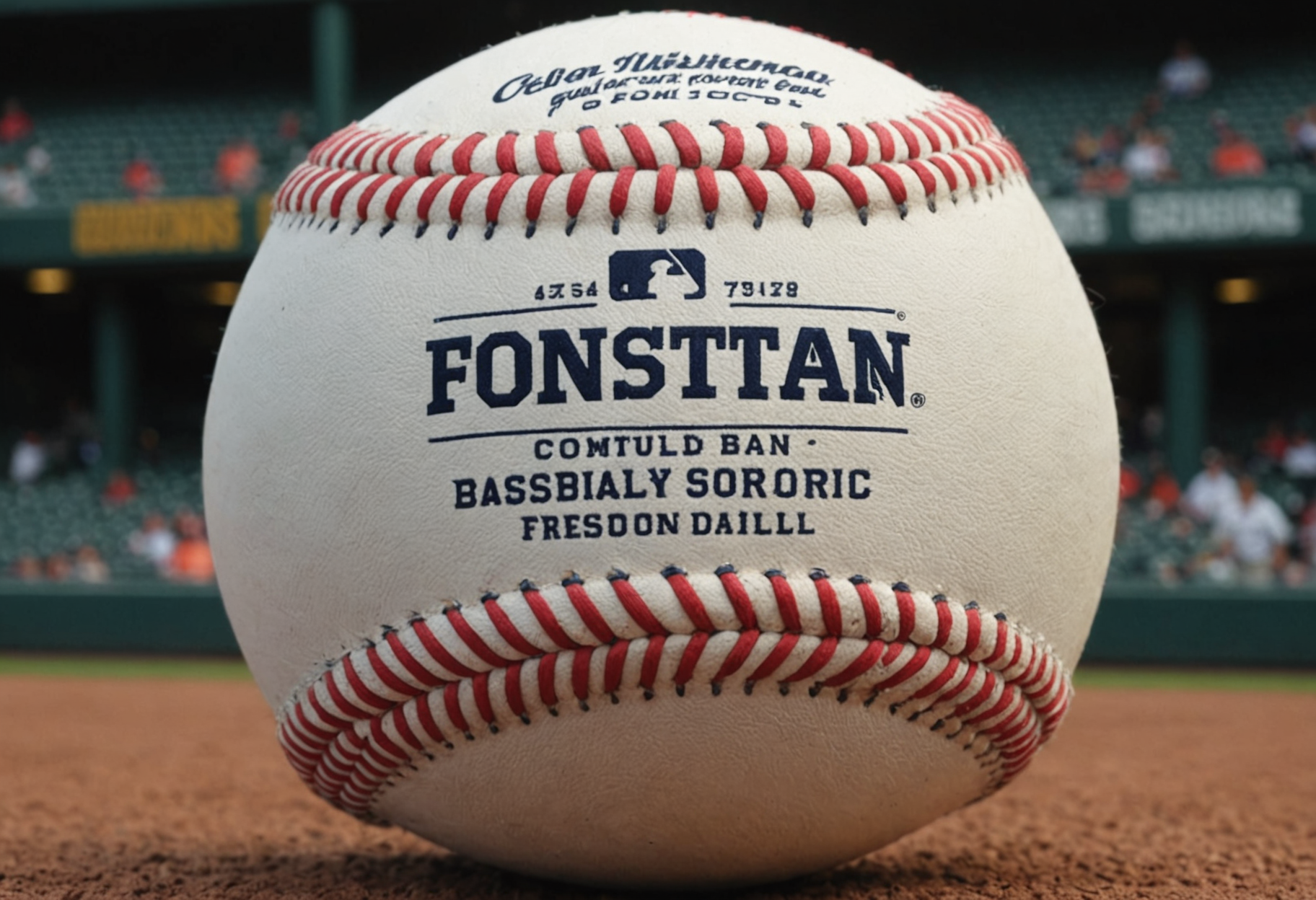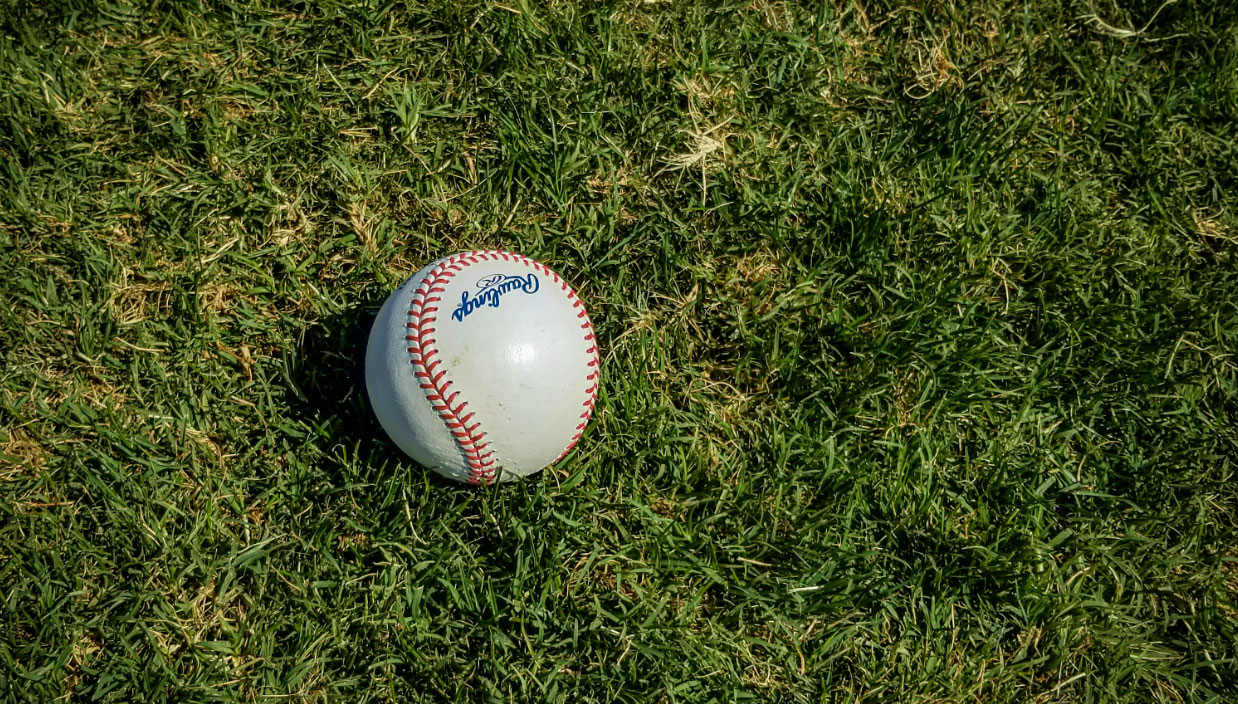Ever wondered how many stitches are on a baseball? It’s a question that might seem simple but unveils the thoughtful craftsmanship behind this iconic sports tool. Each baseball is carefully stitched to create the grip and aerodynamics that affect gameplay in professional and recreational matches around the world. In this article, we’ll explore how many stitches are on a baseball, the materials used, and fascinating history and trivia about this integral piece of sports equipment.
The Exact Number Of Stitches On A Baseball

So, how many stitches are on a baseball? According to Major League Baseball (MLB) regulations, every official baseball contains exactly 108 double stitches. That means there are 216 individual stitches. These red stitches are more than just decorative—they directly affect the ball’s aerodynamic properties and playability.
Why Are There 108 Stitches?

The number 108 isn’t arbitrary; it’s the result of years of refinement in baseball manufacturing. The stitches are strategically placed to provide a balance between durability and performance. The precise number and spacing help maintain the spherical shape of the ball while ensuring a consistent experience for pitchers and hitters alike.
The Material Behind the Stitches

The stitches on a baseball are typically made with red cotton or polyester thread. These materials strike a balance between strength and flexibility. Cotton is more traditional, while polyester provides added durability. The red color is used for its visibility, assisting pitchers and hitters to track spin and rotation.
Hand-Stitched For Precision

Each professional baseball is hand-stitched, which allows for greater precision and quality control. Crafting a baseball requires about 10 minutes just for the stitching process, illustrating the level of detail and expertise needed. Experienced workers ensure consistency in each of the 108 stitches to create a uniform product.
The Role Of Stitches In Gameplay

The stitches on a baseball deeply influence gameplay mechanics. Pitchers rely on the raised seams to grip and spin the ball, which affects velocity and movement. Different pitches, such as curveballs and sliders, depend on how a pitcher uses the seams. The stitch design also affects the ball’s drag and trajectory during flight.
Historical Changes In Baseball Stitching

In the early days of baseball, there was no standardized number of stitches. Balls were often handmade by players or local craftsmen, leading to inconsistencies. It wasn’t until the early 20th century that the 108-stitch design became the industry standard, thanks to advancements in manufacturing techniques and MLB regulations.
Stitch Variations In Different Leagues

While MLB baseballs use 108 stitches, not all leagues conform to the same standard. Some practice or youth baseballs may feature different stitch counts or lower-quality materials for economic reasons. However, the 108-stitch model remains the gold standard in professional baseball leagues around the world.
Interesting Trivia About Baseball Stitches
Did you know Babe Ruth reportedly had a favorite spot on the baseball based on the stitch pattern to grip his pitches better? Or that MLB uses roughly 600,000 baseballs each season, all with those 108 iconic stitches? Each detail of a baseball, especially the stitching, is steeped in tradition and purpose.
Maintaining The Stitch Integrity

During a high-intensity game, a baseball may be taken out of play if the stitches start to unravel or the ball becomes scuffed. This attention to detail ensures fairness and consistent performance. Players and umpires consistently monitor the condition of each baseball, making the stitch quality crucial to the sport.
Understanding how many stitches are on a baseball gives you a deeper appreciation for this iconic piece of sports equipment. The 108 double stitches not only showcase the craftsmanship that goes into each ball, but also play a critical role in game performance and tradition. Whether you're a player, fan, or curious learner, recognizing the significance of those red stitches helps you see the game from a whole new perspective.


